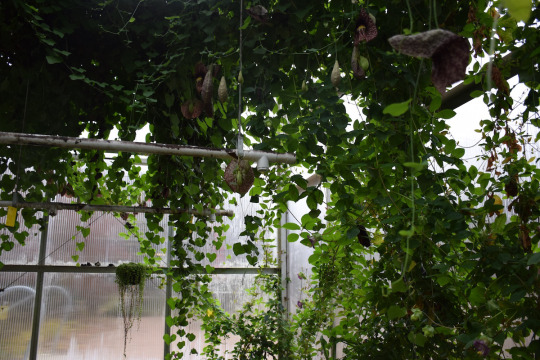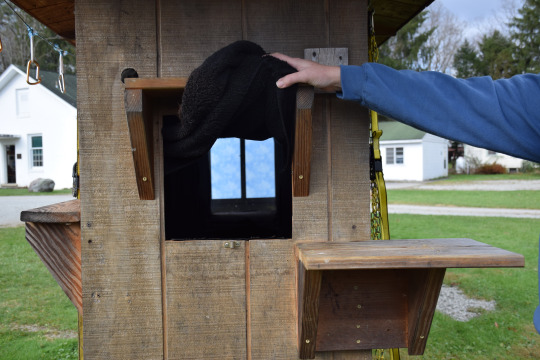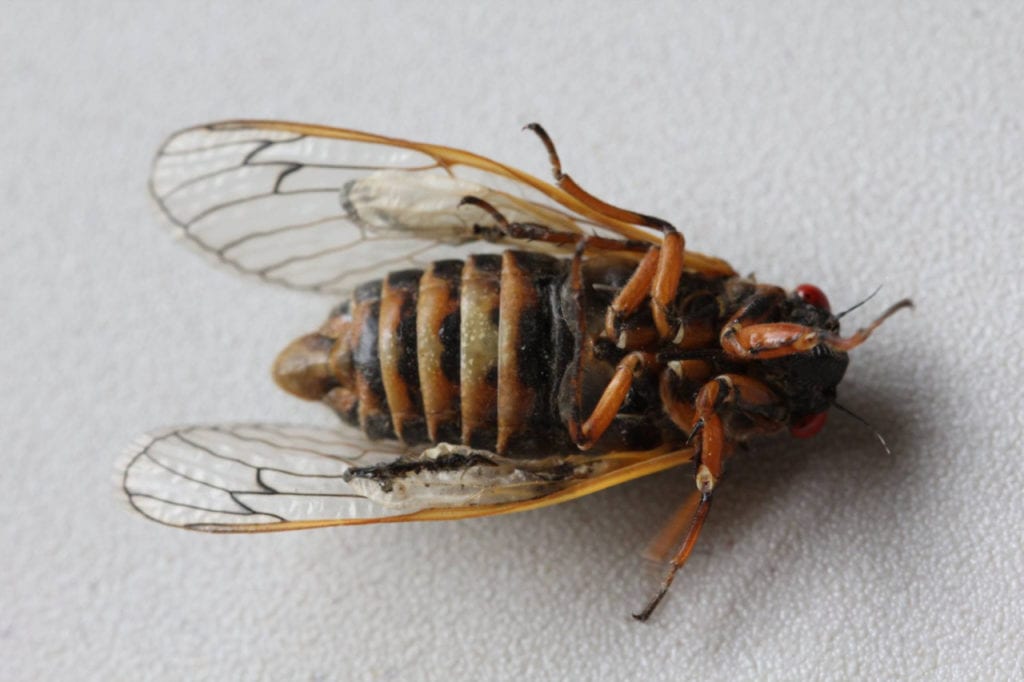
Researchers banded this Carolina Wren in February at Powdermill Nature Reserve.
Blogs from Powdermill Nature Reserve
Powdermill Nature Reserve is Carnegie Museum of Natural History’s environmental research center. Located 55 miles southeast of Pittsburgh in Rector, Pennsylvania, Powdermill is a field station and laboratory where researchers do long-term studies of natural populations in western Pennsylvania. In addition to being positioned for Appalachian-specific studies in ornithology, ecology, invertebrate zoology, and botany, Powdermill is a great place to spend a fun-filled day outdoors with the family.
Golden-Crowned Kinglet

This Golden-Crowned Kinglet was banded at Powdermill Nature Reserve, Carnegie Museum of Natural History’s environmental research center.
Purifying Water with Plants



Inside the Marsh Machine.
As the days get darker and colder in western Pennsylvania, there’s still a lot of green at Powdermill Nature Center.
The Marsh Machine at Powdermill uses soil and living plants in an on-site greenhouse to purify waste water from the center’s drains and toilets all year round without the use of chemicals.
Water purified by the beneficial bacteria in the plants and soil of the greenhouse is put to use in a living stream exhibit, where the water is pure enough that organisms can thrive in it just as they would in Powerdermill Run, a nearby stream.
Re-using property treated waste water (for purposes other than drinking) can greatly conserve supplies of fresh water, which are often limited.
Take a break from the winter by stepping into the living forest of the Marsh Machine, and learn all about freshwater conservation at Powermill Nature Reserve in Rector, PA.

Preventing Window Collisions

Birds cannot see clear glass, and as a result it is estimated that up to 1 billion birds are killed by window collisions each year.
To help curb the problem, researchers at Powdermill are using this bird flight tunnel to safely test bird responses to different types of glass designed to be visible to birds.
Researchers test glass visibility by gently placing birds in one end of the tunnel. At the other end are two different types of glass panes. The bird chooses its “exit,” revealing to researchers what glass they can see and what glass they cannot see.
Before the birds hit the glass, a net gently stops them, and they are released.
If you see a dead or injured bird near a building or glass façade, contact BirdSafe Pittsburgh, who is gathering data on window collisions. For more information about found birds, visit BirdSafe Pittsburgh’s website.
Tools that scientists use

See the tools that scientists use at Powdermill Nature Reserve, Carnegie Museum of Natural History’s environmental research center, on display at the museum!
Cicadas at Powdermill



The cicadas are here! Staff at Powdermill Nature Reserve, Carnegie Museum of Natural History’s environmental research center, posted these up-close photos of this 17-year cicada and some more information about it last week.
“This specimen in particular is Magicicada septendecim, indicated by the broad orange stripes on the underside of the abdomen. It is also a male, because of the tymbals located near the base of the wings on each side. These organs are what the males use to make a loud buzzing sound to attract females. When many males sing together, it can be quite deafening!
This cicada has spent seventeen long years underground as a wingless nymph, feeding off of the juices from plant roots. In the year of its emergence, it waits until the soil temperature in its underground tunnel reaches 64 degrees, and then climbs up out of the ground (often onto a tree trunk or other surface) for its final molt into adulthood.”
Have the cicadas come to your neighborhood? Report your sightings at Magicicada.org, where you can also find much more additional information about periodical cicadas!
